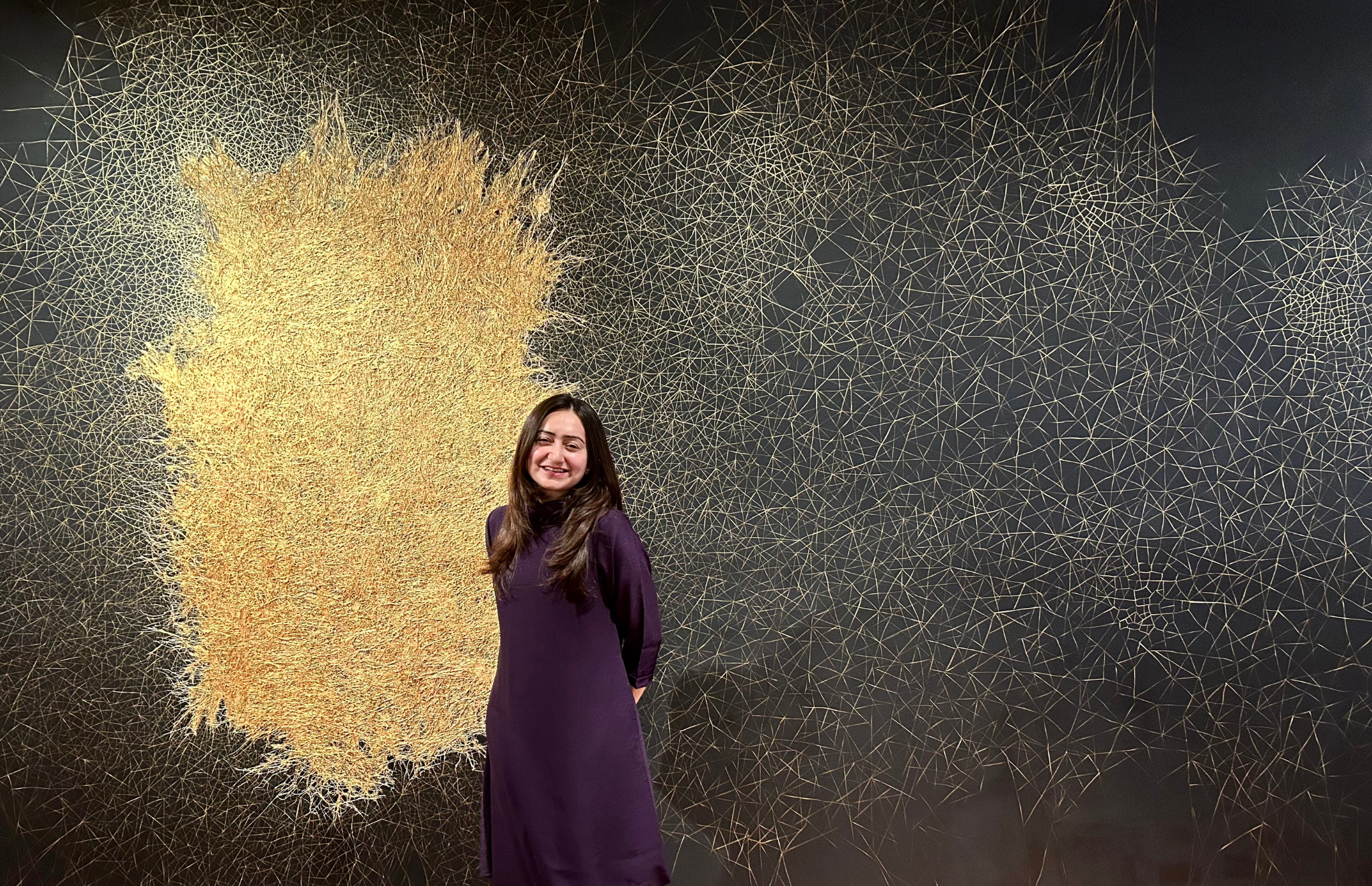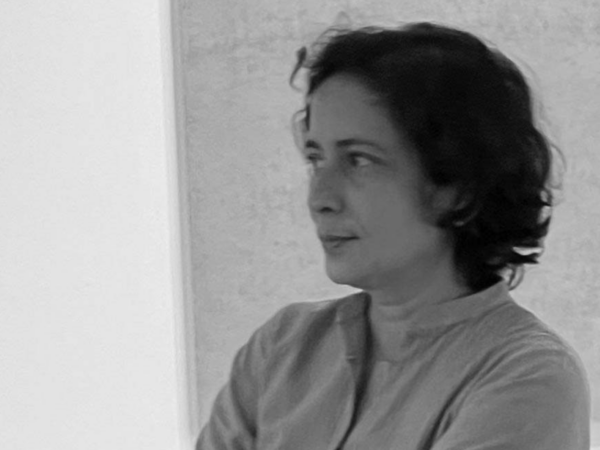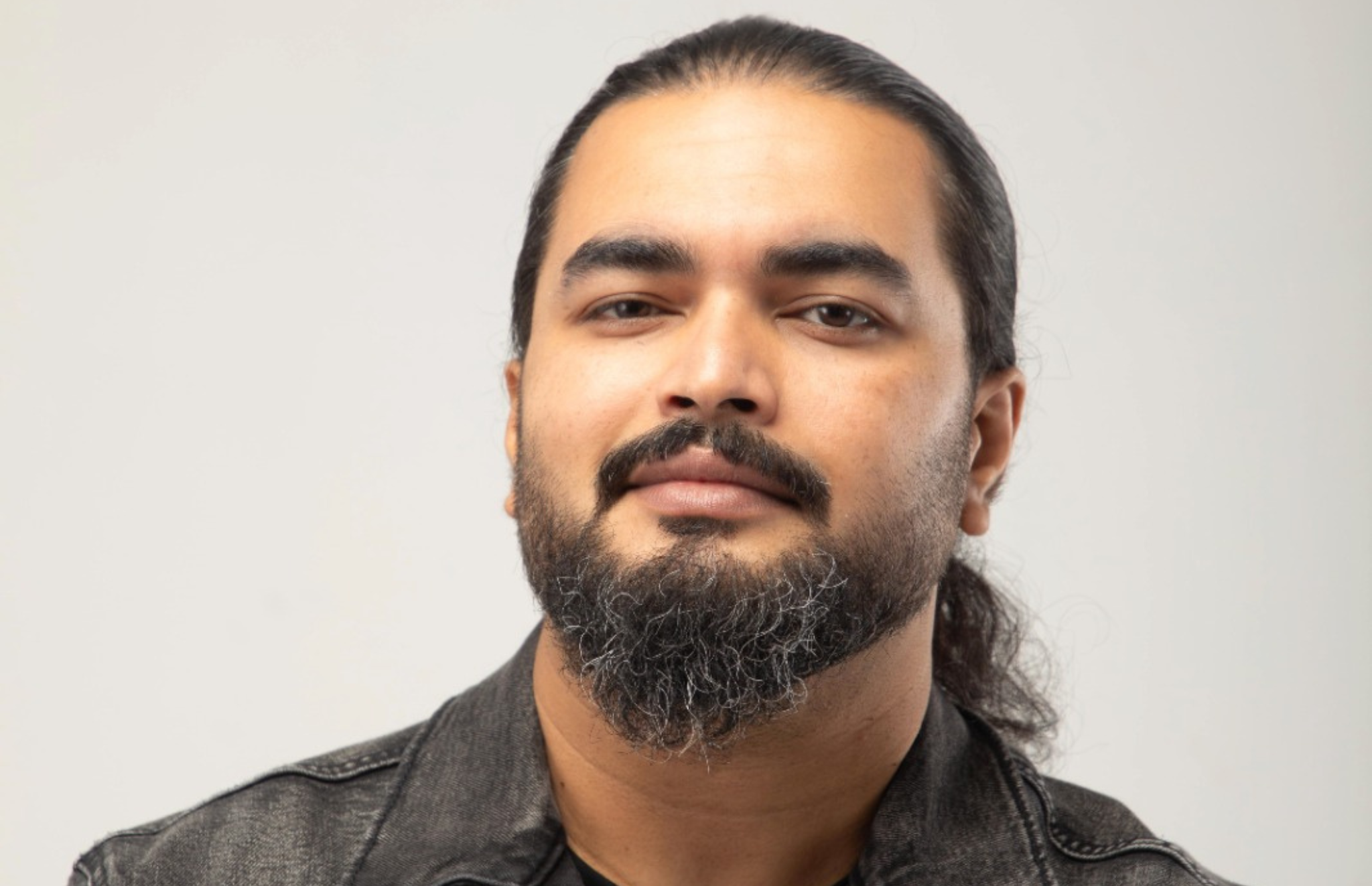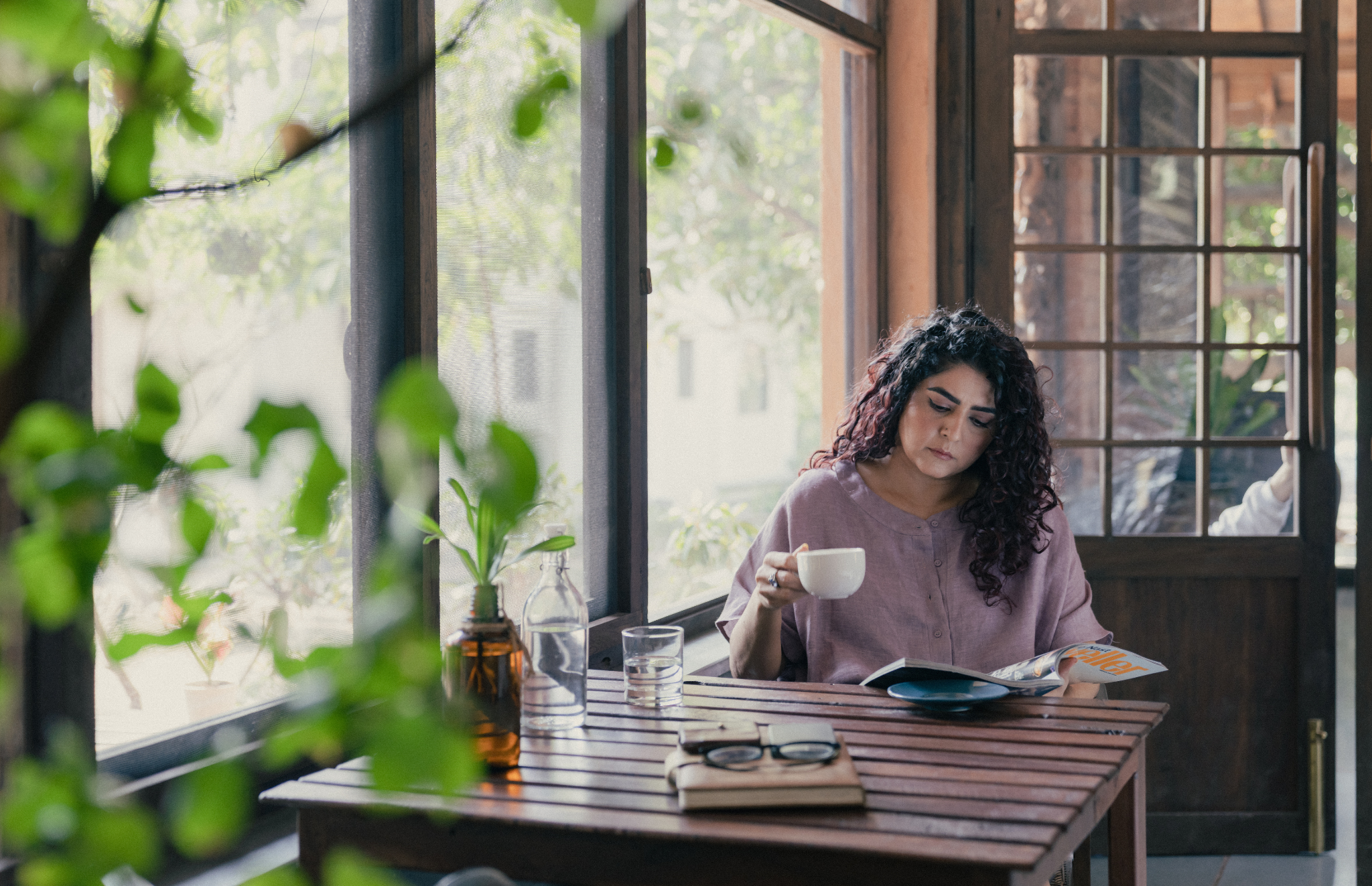Vikram Divecha is a Beirut-born artist who grew up in Mumbai and is based in the UAE. He holds an MFA in Visual Art from Columbia University and was a participant of the Whitney Museum’s Independent Study program. Divecha’s practice focuses on ‘found processes’ — a term he uses to describe the urban operations he investigates and deploys. Divecha recently had his first survey exhibition titled ‘Short Circuits’ at Jameel Arts Centre, Dubai. His work has been exhibited regionally and internationally at the 2024 Diriyah Contemporary Art Biennale, 57th Venice Biennale UAE National Pavilion, 13th Sharjah Biennial, the Louvre Abu Dhabi, the Centre of Contemporary Art (Warsaw) and the Wallach Art Gallery (New York). He teaches as an Adjunct Assistant Professor of Art and Art History at the New York University Abu Dhabi.

Photo Credit: Elias Trad
SP: In what ways has your diverse upbringing in Beirut, Mumbai, and Dubai shaped your artistic vision and practice?
VD: Growing up in places such as Beirut and especially Mumbai one is constantly expected to negotiate with the city, which has been influential to my practice. My artistic journey began unexpectedly in Dubai. I did not come here to become an artist, but I had a rich creative background in writing, film and visual media, and at some point, I made the switch. This grasp that I had developed of negotiating with the city, somewhere along translated into thinking about the city as my studio. So, working with, and inquiring about the very environment that surrounds me became the approach.

Photo courtesy: Vikram Divecha
SP: Could you explain your concept of ‘found processes’? How do you discover and engage with these underlying forces and dynamics in your projects?
VD: ‘Found processes’ is a term I started using in relation to the work I was developing in the UAE. To clarify, found processes are not something that I generate as an artist. Rather found processes are what I engage with. These processes constantly surround us — from demolition to municipal gardening to quarrying. Each of these processes is connected to the socio-economic dynamics of cities. What’s interesting is that these processes involve material, sites and most importantly people with specific skill sets. Over time I started collaborating with the individuals who run them in various capacities. This allowed me to engage with the city in a playful and creative way. To give you an example I have been working with a few municipal gardeners in Sharjah for many years now. Part of their job is maintaining a public park where they constantly need to trim box shaped hedges. As I got to know them, I invited them to a drawing workshop to come up with their own hedge designs. Eventually this translated into a public art project, which was incorporated into the very maintenance operations of the park. The gardeners made their designs and deployed them in the place where they work. My engagement with a found process depends upon how I can align myself with it, access it, intervene or improvise.

Photo credit: Peter D’Souza
SP: Do you see a philosophical dimension to your work, in terms of how it relates to the concepts of time, memory, and impermanence?
VD: These terms that raise time, memory and impermanence are of course very important to my works and come through in various projects such as the walls project.
What I would like to focus on is how the concept of time has been very crucial through the process of engagement. It’s important for me that I invest time with my collaborators to build relationships. That’s when we enter a different realm. Over the years, what I am interested in is not just participation but an ‘aesthetic participation’. When they begin to claim the work, resulting in a shift in authorship. There is a sense of beauty that we are pursuing together in the mundane, which is relished by all. So, if you may, the participants also become the ‘rasiks’ of the work. With time, there isn’t just a change in my relationship with the collaborators but also a change with the very site they return to everyday. It’s a fractional shift, but there is a realignment of the relationship between these sites and people. The gardeners I mentioned earlier continued to maintain the hedge designs beyond the exhibition run of a few months. They continued maintaining them for 6 years. I was never expecting this kind of investment from them.

Commissioned by Warehouse421
Image courtesy: Vikram Divecha

Commissioned by Warehouse421
Image courtesy: Vikram Divecha
SP: In ‘Dohrana’ (2021), you link Urdu poetry with urban landscaping. How did you bring together these distinct elements to form a unified artistic narrative?
VD: Dohrana (2021) wasn’t a one-off project. It emerged from my collaboration with the municipal gardeners who I have been collaborating with since 2014. We had also worked on a project titled Beej (2017), which was an urban farming project realised on a roundabout in the city. One of the gardener’s whose name is Shabbir had very poetic responses to our collaborations. This led to the development of Dohrana (2021) for which we took the roundabout project as a departure point to reflect on the themes of migration, home, hunger and farming through Urdu poetry. Alongside I worked with another gardener named Shahid to develop the choreography for the film which was shot in landscaping sights. The UAE has lush landscaping sights along highways and intersections – these are not public parks, but a lot of migrant workers from the South Asian community flock here to rest and relax. We studied how they rest to develop the choreography seen in the film, where we see a lone poet named Shabbir moving through and resting in these lush spaces. The poems are narrated in Urdu, woven with a Hindustani classical score with vocals. In a sense we were trying to subvert what to expect from these sites.

Photo courtesy: Art Jameel
Photo Credit: Daniella Baptista

Photo courtesy: Art Jameel
Photo Credit: Daniella Baptista
SP: The mission of creating a museum of hundreds of walls and facade extracts is quite a unique one. What challenges do you face while working on such concepts? In what ways do you believe the walls you preserve tell the stories of the people and cultures that interacted with them?
VD: This idea of ‘Wall House’ has been on my mind for almost a decade now and has emerged from my practice that holds disparate interests across social, conceptual and formal work, along with the desire to tell stories. This project is constantly evolving in what it means, as I engage with communities who want to salvage a particular wall, as I talk with researchers and scholars, and as I negotiate with municipalities and demolition contractors. The challenges are a lot. Firstly, getting permissions from the city authorities, funding and storage. Secondly, finding interesting walls that also have structural support as we’ve developed a process of embedding the wall in a metal frame. And most importantly engaging communities to select the walls. Of course, I am not interested in selecting the walls. Rather the authorship is shifted to local members and researchers who know their neighbourhood – who can direct us to walls in their by lanes that are not about dominant narratives. This challenges the notions of how traditional museums come together – who decides what is beautiful? Who has this authority? One of the many questions Wall House puts forth is how is culture produced? What is considered a cultural object? And hence, what needs to be preserved? Although ludicrously ambitious, this project at its core is of human scale. What I’ve realised over time is that once a wall is released from architecture it is not a wall anymore. It becomes this social object that brings together a community of storytellers – from artists, researchers, locals or scholars. And of course, each wall is connected to so many dynamics of a place, period, and culture that when you salvage a particular wall you prevent the entire building from collapsing. And this rich strand of connections offers so much potential for story.

Photo courtesy: Diriyah Biennale Foundation
Photo Credit: Marco Cappelletti

Photo courtesy: Art Jameel
Photo Credit: Daniella Baptista
SP: As an artist, you work with professionals outside the traditional art world realm, do you think it’s a part of your creative process?
VD: Yes, working with professionals has been important for me. Most of them have a certain rhythm, go to work at specific hours, have access to facilities, are constantly fine tuning their skills, and are so aware of the intricacies of their work and process. It is a form of riyaz. To help illustrate this, I was once shadowing a rock blasting engineer in the mountain quarries located in Fujairah, a northern Emirate. He gave me access to understand the rock blasting process as I spent a few months with him – eventually a public art project evolved with a very particular insight. Of course, I wouldn’t have had this grasp if I was on my own. Or even the gardeners’ who have this elegant relation with soil, water, weather and the changing of seasons, which led to a farming project. These individuals have a rigorous Riyaz but in the service of capitalism. Perhaps that’s why I want to work within these processes, putting pressure to open up creative gaps within these systems and hoping that some cultural surplus will emerge.
Image Courtesy: Elias Trad, Vikram Divecha, Peter D’Souza, Art Jameel, Daniella Baptista, Diriyah Biennale Foundation and Marco Cappelletti
Find out more about the artist and his artworks:





